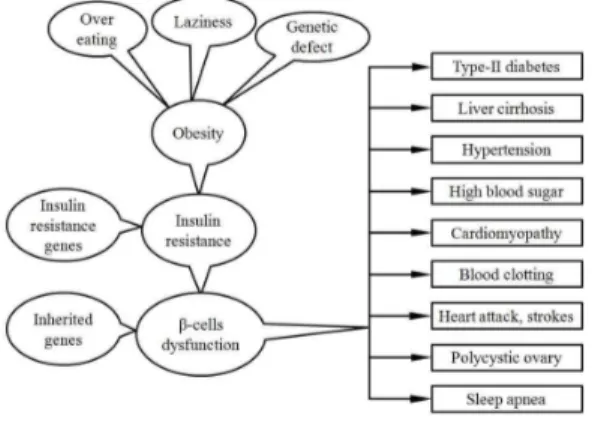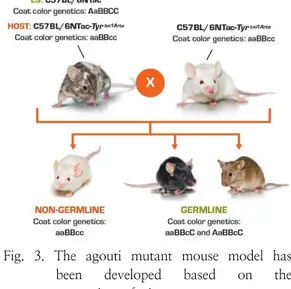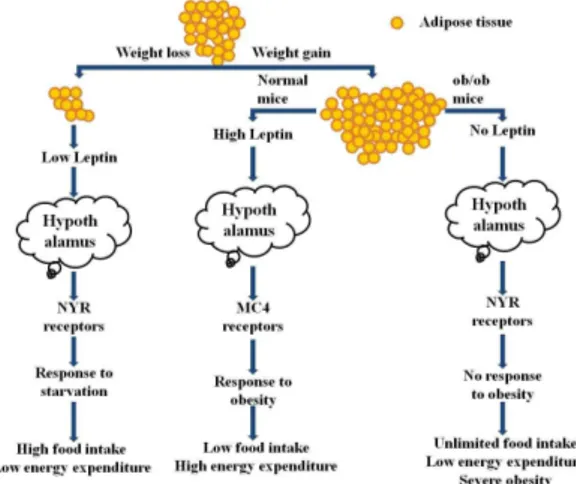ISSN 2288-1069 (Online)
http://dx.doi.org/10.12925/jkocs.2013.30.4.622
Obesity, obesity-related diseases and application of animal model in obesity research An overview
Byung-Sung Park
✝․N. K. Singh*․A. M. M. T Reza*
Department of Animal Biotechnology, College of Animal Life Sciences, Kangwon National University, Republic of Korea
(Received December 8, 2013 ; Revised January 3, 2014 ; Accepted January 3, 2014)
Abstract : The multi-origin of obesity and its associated diseases made it’s a complex area of biomedical science research and severe health disorder. From the 1970s to onwards this health problem turned to an epidemic without having any report of declining yet and it created a red alert to the health sector. Meanwhile, many animal models have been developed to study the lethal effect of obesity. In consequence, many drugs, therapies and strategies have already been adopted based on the findings of those animal models. However, many complicated things based on molecular and generic mechanism has not been clarified to the date. Thus, it is important to develop a need based animal model for the better understanding and strategic planning to eliminate/avoid the obesity disorder. Therefore, the present review would unveil the pros and cons of presently established animal models for obesity research. In addition, it would indicate the required turning direction for further obesity and obesity based disease research.
Keywords : Obesity, obesity-related diseases, animal models of obesity research.
1. Introduction
Obesity is a major health disorder in the present age. Having body mass index (BMI) more than 30 kg/m
2is termed as obesity [1].
Research and investigation to explore the mechanism of obesity is one of the top priority areas of biomedical science research.
Scientist are struggling to have a suitable solution to the obesity and diseases related to obesity such as hypertension, type 2 diabetes, sleep apnea, certain form of cancers, cardiovascular diseases, liver diseases including
✝


